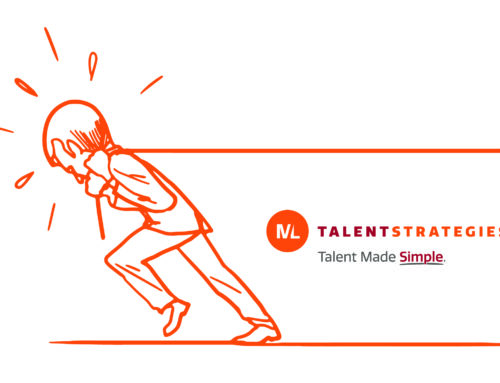Top 10 Trends Shaping the Talent Landscape part 2 of 3
Vanessa Brown • January 28, 2019
People Analytics for Better Engagement
Yes, people analytics have been around for quite a while, but they continue to evolve and be used for a greater purpose. Glassdoor shows that while employee engagement has, on average, been almost flat since 2009, there is a bell curve of companies that are good and bad at keeping their people engaged and happy. So how are you listening to and learning from your employees and implementing strategies to attract, develop and engage talent? Gather data through surveys, focus groups, team meetings, exit interviews and one-on-one discussions. What do they like most about their role and purpose with your organization? How is their relationship with their leadership? You can also gain great insight from the impact of your on-boarding process, turnover data, feedback from your training and development programs and through exit interviews.
Having all this data at our fingertips provides leaders with great knowledge and allows you to make better people decisions. Knowing that decisions can be fueled and driven by comprehensive people analytics creates a more effective approach to leadership. Bottom line, if you listen to your people, you will find ways to improve engagement. And, with the onset of employee survey and engagement software, such as Ohana and Emplify, hearing and learning from your employees has never been easier!
Talent Technology Revolution
Talent technology comes in all forms, sizes and price tags. From improved Applicant Tracking and Performance Management Systems to high-tech Learning Management Systems and Artificial Intelligence learning, businesses must explore what systems and tools work best for their population. These tools make it easier to measure the return on experience/investment.
Are you exploring various technology tools each year? Do you have the best tools for your leadership team and your employees? These tools continue to evolve and improve. Understanding where you want to be and the value of each tool will help you determine which are a best-fit for your organization.
Next Generation of Leaders Emerge
Everyone wants to talk about millennials and how they have such high expectations of moving into executive leadership in a short time. Our experience shows that millennials simply want to have skin in the game and be part of a bigger strategy within the organization. The title isn’t what’s important to them as much a having a purpose and a path to grow with the organization. The oldest of the millennial generation is turning 40 in 2020, which means many millennials are already in leadership roles and helping businesses grow their strategy and succeed. Let’s break down the generational walls and focus more on how we all work differently for our common goal. P.S. Don’t lose sight of Gen Z entering the marketplace now. How much do you know about this generation? Time to learn!
Emphasis on the Employee Experience
Have you read the book, The Power of Moments by Chip and Dan Heath? It provides great insight into the impact individualized, focused moments can make on people. We need to bring that same concept into the work environment and create an employee experience that communicates to people on a more individual level. Time to provide personalized opportunities for our employees.
How do you tailor your messages to each phase of the employee life-cycle and create impactful experiences for your employees? Steering clear of generic, standard messaging and connecting with your employees will yield a much better experience for them in the long-run. And, be sure you’re incorporating your employer brand in all your communications with your employees.




